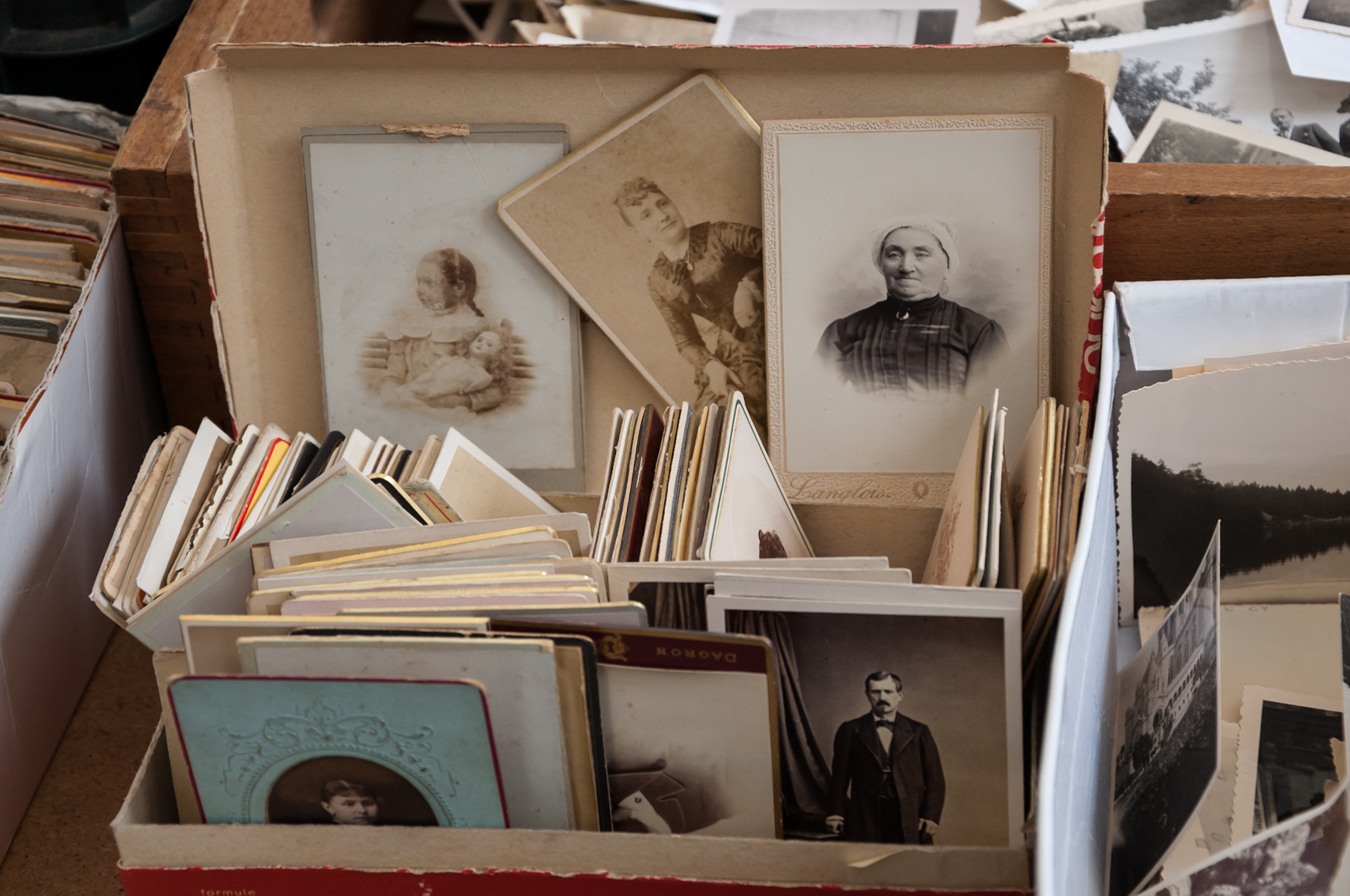Protecting Family Photos From Harm

Tips for Protecting Family Photos, Memorabilia and Important Documents
There are many ways you can protect family photos and other important documents from fire damage or water damage, insects and rodents, and according to the National Archives you can reduce the risk of damage with just a few simple preventative measures. Although no one wants to invite a natural disaster, accidents or fires can destroy your property and everything in it therefore; planning for the worst can give you peace of mind. Especially when it comes to cherished family photos and memorabilia.
The Right Conditions for Safekeeping Family Photos and Documents
It’s important to first utilize the appropriate materials for archiving documents and photos as well as maintaining them in conditions that are conducive to a long shelf life.
- Use materials that have passed the PAT if storing photographs. Including papers, adhesives, photo album materials and the like.
- Large flexible sheets can be stored rolled. Roll onto a sturdy tube so it is less likely to be crushed.
- If originals are brittle, torn, or heavily used, place each sheet in a polyester L-sleeve. These sleeves reduce the risk of tears and other damage due to handling.
- Use sleeves that are larger than the original. Any part of the original extending outside of the sleeve is likely to be damaged.
- The lower the temperature the longer your items will last, because cooler temperatures slow the rate of chemical decay and reduce insect activity. Keep the temperature below 75 degrees Fahrenheit (F) and relative humidity (rH) below 65% to prevent mold growth and reduce insect activity.
- Consider cold storage for acetate negatives, color negatives, prints, and slides. Acetate negatives and color negatives, slides, and prints are vulnerable to fading and deterioration within decades, if stored at room temperature. Cold storage can slow this deterioration, but it requires special packaging and steps. Learn how to prepare items for cold storage at National Park Service Cold Storage website.
Protecting Family Photos and Documents Doesn’t Have to be Costly
If you want to keep your photographs and important papers safe and out of harms way it doesn’t cost much to buy a lockable file cabinet. Spend a bit more to buy a large fire-resistant file box, file cabinet, or safe and you’ll give yourself more protection from rodents, insects, and fire. Any item that purports to be fire-resistant should include a rating from Underwriters Laboratories indicating how long the item’s interior remains protected during a fire.
Of course, if you live in a flood-prone area, invest in something that’s waterproof as well as fire-resistant. However, a fire-resistant item isn’t the best bet for collections of paper items, such as stamps or comic books, which could acquire fire damage or water damage from the fire fighters’ hose. Instead, store these collections in a safe deposit box.
If you will be keeping items in your home:
- Store items out of damp or wet basements, garages, and hot attics and keep items away from sources of leaks and floods, such as pipes, windows, or known roof leaks.
- Place items on an upper shelf so they don’t get wet from ground water and away from food and water which are attractive to insects and rodents.
- Use containers that are big enough for the originals to lay flat or upright without folding or bending. Containers should be made of board or folder stock that is lignin-free and acid-free or buffered.
Restoring Damaged Documents and Photos
If you’ve suffered a disaster at your home or place of business and have important documents or photos that need recovering Advance Restoration can help repair and restore wet documents and photos that have fire damage or water damage caused by putting out the fire or from basement flooding or other flood disaster.
We provide full content restoration including electronic restoration and our climate controlled storage facility is available for storage until your property is fully recovered and you’re ready to receive them.














